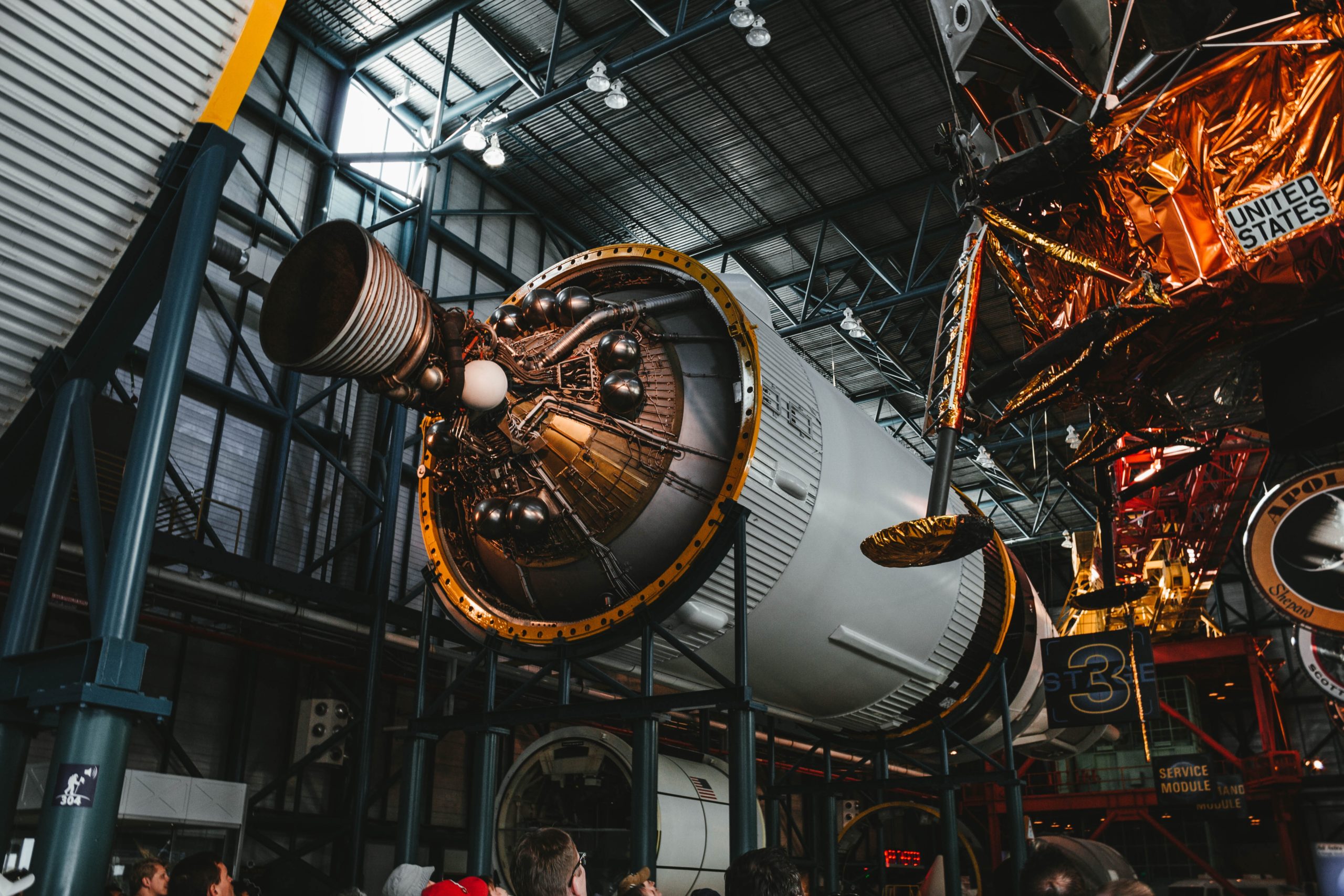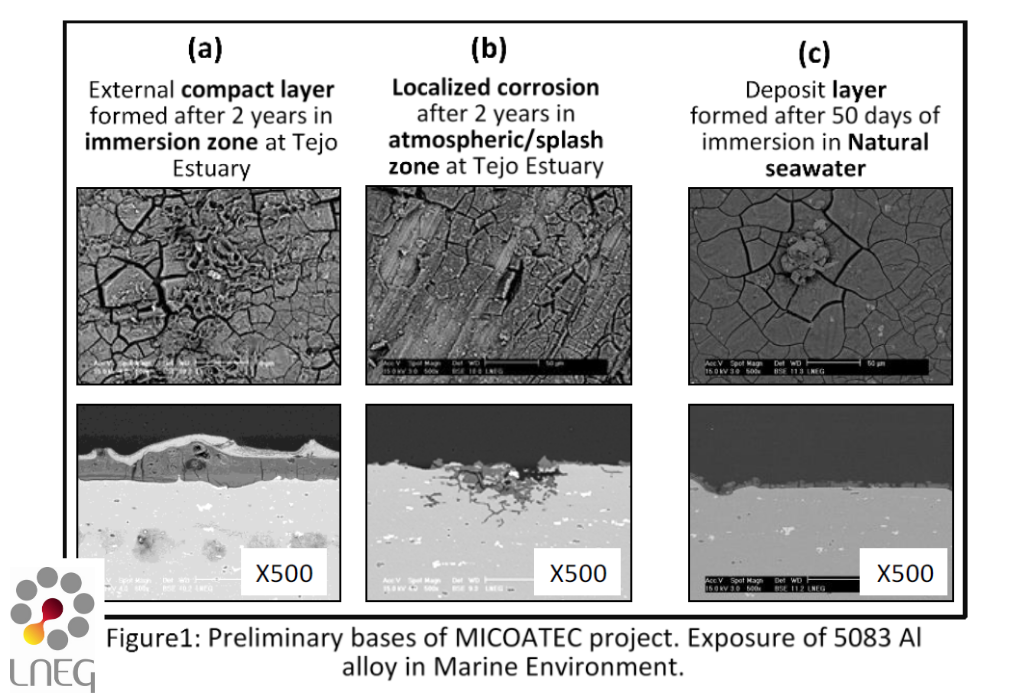CONTEXT
The growth of the anti-corrosion market
The performance of metallic materials in any operating environment is to a high extent driven by corrosion mechanisms. An economic study recently estimated that the impact of annual cost of corrosion worldwide is US$2.5 trillion (3 to 4% of GDP of industrialized countries).
Impact of annual cost
of corrosion worldwide
trillion dollar
Anti-corrosion market size
by 2025
billion dollar
Several strategies can be employed to protect metallic materials from corrosion. Coatings can be considered as one of the most successful and cost-effective alternatives to efficiently increase the service life of metallic structures. In this context, anti-corrosion coatings play a key role in industries that are continuously exposed to changing and hard weather conditions such as shipbuilding, automobile, aerospace, marine and oil & gas energy infrastructures among others.
The relevance of this corrosion prevention method is justified by the fact that it can act not only via a barrier effect (barrier creation between substrate materials and environment) but also via corrosion inhibition and cathodic protection (coatings acting as sacrificial materials).
It is expected that the Anti-corrosion Market size reaches USD 20.27 billion by 2025 taking into account the extensive set of applications across various end-use sectors.

Toward sustainable solution in coating industry
In the last decades, the increased awareness of consumers and a more constraining legislation embodied in REACH (Registration, Evaluation, Authorization and Restriction of Chemicals) have urged the surface treatment & coating Industry to be at the forefront in developing innovative and even more sustainable products. Indeed most of the substances currently used in surface treatment are on this restriction list such as Chromium VI, Bromides, Acids, Cadmium and Nickel.
Few years ago, the research outcome of a joint industry project have caught the attention of the Portuguese (LNEG) and French (LGC) researchers and engineers. This project on corrosion protection for Al alloy catamarans involved a 2-year natural exposure of AA5083 (Al-Mg alloy) in splash and immersion zones and showed different corrosion behaviour between samples depending on the exposure zones (Fig. 1).

The results clearly demonstrated that the compact layer (Fig 1a) formed on the Al alloy surface under biochemical and microbial conditions was protective against corrosion. No severe local corrosion attack was detected for immersion contrary to the atmospheric /splash exposure (Fig 1b).
Moreover, the resistance to the charge transfer (measured by electrochemical impedance spectroscopy – EIS) of the covered surface was at least 2000 times higher than for a unmodified Al alloy surface.
The MICOATEC project creation
In 2017 the MICOATEC coordinator LGC in collaboration with LNEG and CNR-IAS (Italy) carried out a preliminary new investigation. The main results consolidated the previous observations that only in biotic immersion conditions, the Al-Mg alloy surface showed the development of a protective layer on the surface (fig 1c), which thickness and nature depend on immersion time and exposure zone. Presently, the formation of this layer, not found in abiotic medium (without microorganisms), paves the way for a promising new strategy in the development of surface treatments and coatings.
